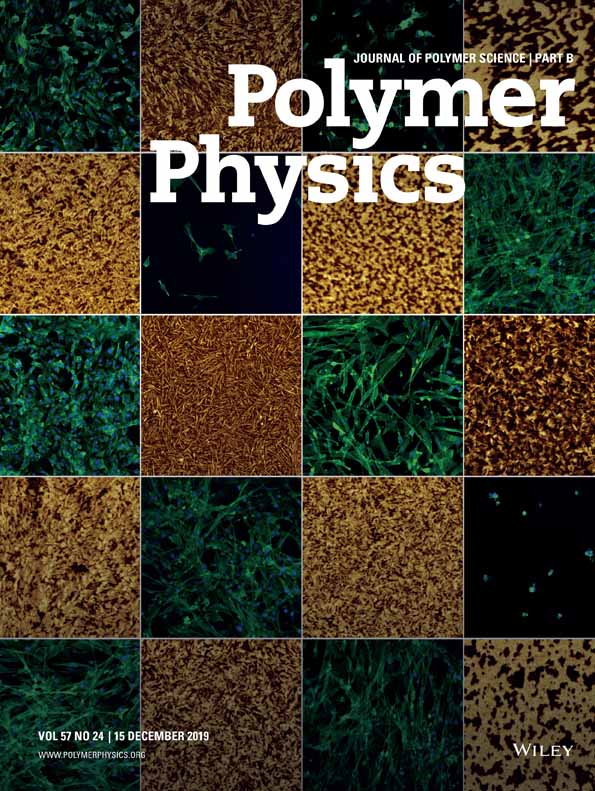13C and 1H amorphous linewidths in semicrystalline poly(4-hydroxybutyrate) and poly(3-co-4-hydroxybutyrate) above Tg by high resolution and solid-state NMR experiments
Abstract
The high-resolution 13C and 1H nuclear magnetic resonance (NMR) linewidths of semi-crystalline poly(4-hydroxybutyrate), P4HB, and poly(3-hydroxybutyrate-co-4-hydroxybutyrate), (P3/4HB-18, 18% 4HB units) in the amorphous phase and in the melt are studied as a function of temperature and magnetic field strength. Measurements of the 13C spin-spin relaxation times under the same experimental conditions show that the natural line-width is a minor contributor to the line-broadening observed in the 13C spectra of the solid polymers. A variety of coherent averaging solid-state NMR methods are used to examine possible contributions from various line-broadening mechanisms. It is shown that magnetic susceptibility and chemical shift dispersion are the major factors for the broadening of the proton and carbon resonances of P4HB in the amorphous phase and the melt, respectively. Incomplete motional narrowing due to a slow motional mode restricted in amplitude by the presence of crystallites and/or chain constraints was found to be the major line-broadening factor for P3/4HB-18 in the amorphous phase. Correlations between crystalline morphology, physical and mechanical properties, and polymer chain dynamics are discussed, along with the way these factors affect the NMR linewidth data presented. © 1996 John Wiley & Sons, Inc.




